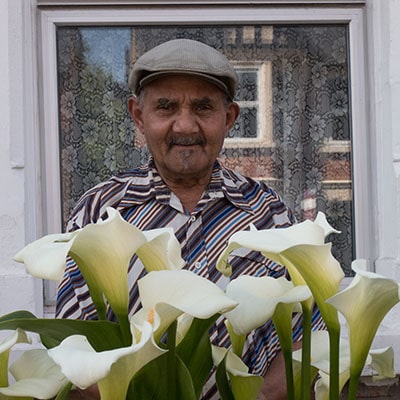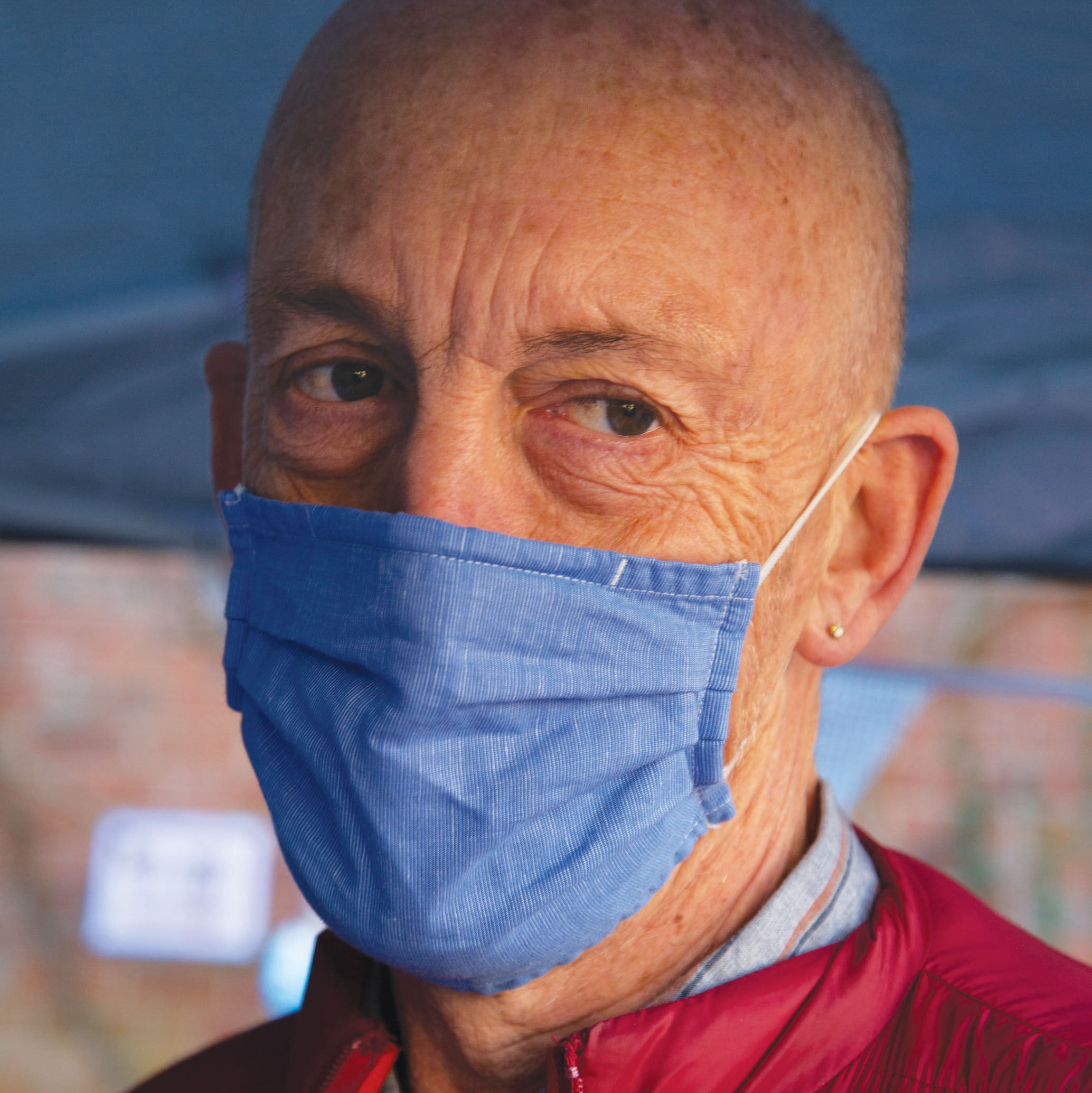John Henry Brookes: the man who inspired a university
I recently came across a book that had been presented as an end of year prize to a student at the Oxford School of Technology, Art and Commerce. It was signed by the principal, one JH Brookes. Although I recognised the name, it made me realise just how little I knew about the person or his influence and what led to having a University – Oxford Brookes – named after him. Fortunately this year is being celebrated as the 150th anniversary of the foundation of Oxford Brookes because its major predecessor institution, the Oxford School of Art, was founded in 1865. The anniversary has been marked by the publication of the first ever biography of John Henry Brookes, [ Bryan Brown: John Henry Brookes: the man who inspired a university] and it tells a remarkable story, both of the man and of the institution he led.
‘JHB’ as he was widely known to friends and colleagues, was born in 1891 in Northampton into a family engaged in the boot and shoe trade. His father Robert was a ‘boot clicker’, one of the most skilled crafts in the footwear trade. The family were non-conformist, radical and actively engaged in crafts and musical activities. This influenced JHB throughout his life. Having enrolled in the Leicester School of Art, his parents having encouraged an interest in lettering and typography, the big influence on him was the Arts and Crafts Movement. Many years later he summed it up saying:
‘A craft student working in the early years of this century [20th] was naturally deeply impressed by the work of William Morris. His influence remains with me and is most probably as compulsive today as it was fifty years ago.’
This influence led him to a move to Chipping Campden in Gloucestershire in 1915 on completing art school training, following a formative visit there in the summer of 1913. While there he focussed on wood and stone carving and became an employee of the sculptor Alec Miller. But World War 1 loomed; JHB registered as a conscientious objector when conscription was introduced – his father had been a peace activist and had been a member of a peace delegation to Germany in 1914. He worked for the rest of the War on a farm, a ‘reserved occupation’, getting up at 5.30 am to milk the cows, a habit he retained for the rest of his life.
After the War he became Miller’s studio assistant, got married to a local girl, Helena Tyack and through the proximity to Oxford, took on some temporary teaching at the Oxford School of Art, as well as completing his art teacher’s diploma. After a spell of teaching in Yorkshire with his young family, the post of Principal of the Oxford School of Art came up and he was appointed in 1928. It was a grand title, but a small and very underfunded institution which at the time had just two full time staff and 90 students – mostly taught in the evenings. But it was the turning point in his life and he stayed until his retirement in 1956.
JHB moved quickly to establish good relations both with the University and the City Council, the education authority which funded the School, and in 1929 established both a printing course with the support of John Johnson the Printer to the University, and an architecture course. Both grew from the close associations that JHB fostered with employers and businesses in Oxford, something that was at the heart of JHB’s educational philosophy. In his first annual report JHB stated that building (something the school taught before his arrival) and architecture should be studied together, as he had seen to work both as a student in Leicester and in CR Ashbee’s Chipping Campden.
JHB believed that aesthetic and artistic studies should relate strongly to practical and technical teaching, that vocational study is not in contradiction to academic work, and that teaching both produced well rounded students. It wasn’t a popular position at the time especially in a city like Oxford, so dominated by the culture of its famous university. But he persevered and by 1934 there were over 200 students attending day classes and over 1,000 attending in the evenings. JHB’s confidence and leadership had galvanised the city education authorities, and more resources were found to develop education for local people (a matter of little concern to Oxford University and one which has had a very long lasting legacy in the continuing divisions between the private and maintained sectors in the city) leading to the creation of a new Oxford School of Technology, Art and Commerce that year with JHB as its first Principal. JHB thought that these three areas of applied learning should be developed together and quickly seized that opportunity. The working relationship between architecture and building were formalised into one department and courses in science and engineering were introduced.
JHB’s clarity of vision was crucial in nurturing the School thought the difficult years of the depression, the Second World War and the austerity of the immediate post-War years. As well as championing the idea that education should be closely allied to the world of work, JHB believed in education for livelihood rather than for life, and that practical and technical skills were at the heart of an industrial economy; ideas that probably originated from the powerful influences of his earlier life, the values instilled by his craftsman-teacher father, the writings of William Morris, and the practice he experienced in the milieu of the Arts and Crafts Movement in Chipping Campden.
So it is not surprising that as the School grew, successively into a College of Technology (1956) and a Polytechnic (1970) these roots that JHB had planted, blossomed into amongst other things, the Planning and Architecture School it has today. They reflect current preoccupations with sustainable development, a thread can be traced back to the environmental interests and concerns of the ‘Cotswold Jack’ of Chipping Campden. Those links with the spirit of the Arts and Crafts Movement are still strong, with courses in historic conservation and rural planning as well as more recent innovations such as environmental assessment.
‘Brookes’ as it is colloquially known, was designated a University in 1992 and one of its distinguishing features (from the ‘other university’) has always been links to and interaction with, the local area and the region, and its engagement in local issues, exemplified in everything from training nurses to a motor sports engineering course to support the local ‘motorsport valley’.
Bryan Brown’s slim but appropriately well-designed and illustrated book, is a thoughtful and sympathetic biography of a modest and unassuming man who has shaped Oxford very much for the better, and whose influence was remarkably underappreciated until the 1990’s. In a recent interview in the Oxford Times (7 May 2015) Brown makes a striking point about Oxford Brookes as a University; many universities across the globe are named after important benefactors, but no other is named after its spiritual founder. John Henry Brookes was unique, and the legacy of his vision is one of the jewels in the crown of the present day University that bears his name.
This article first appeared in Oxfordshire Local History, vol 10 no 1. Winter 2015-16

